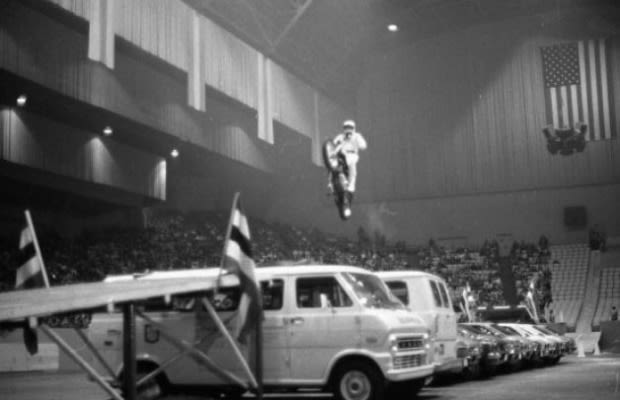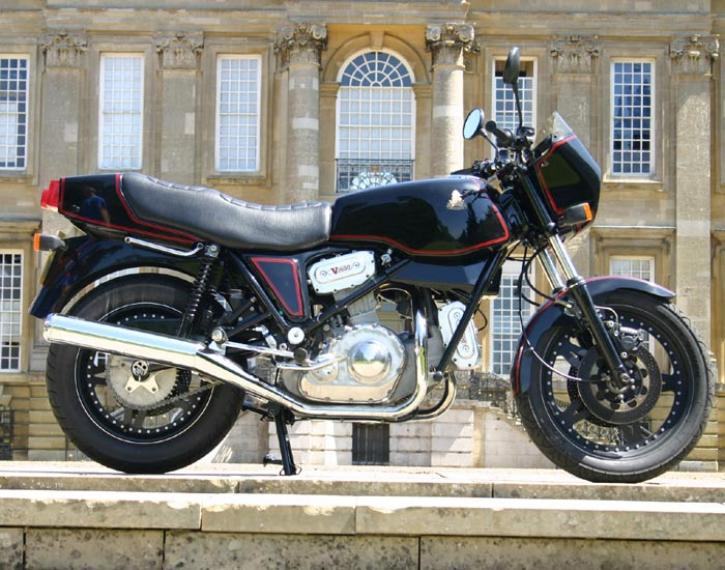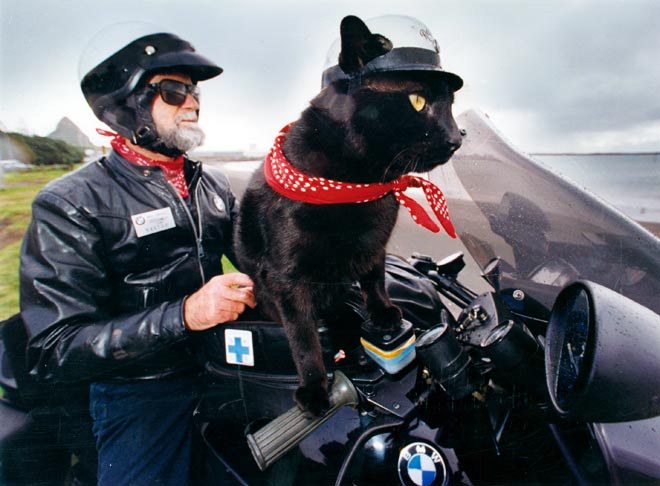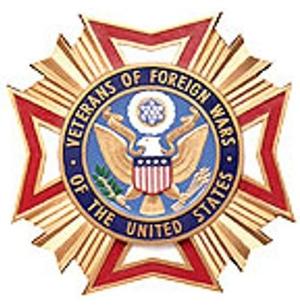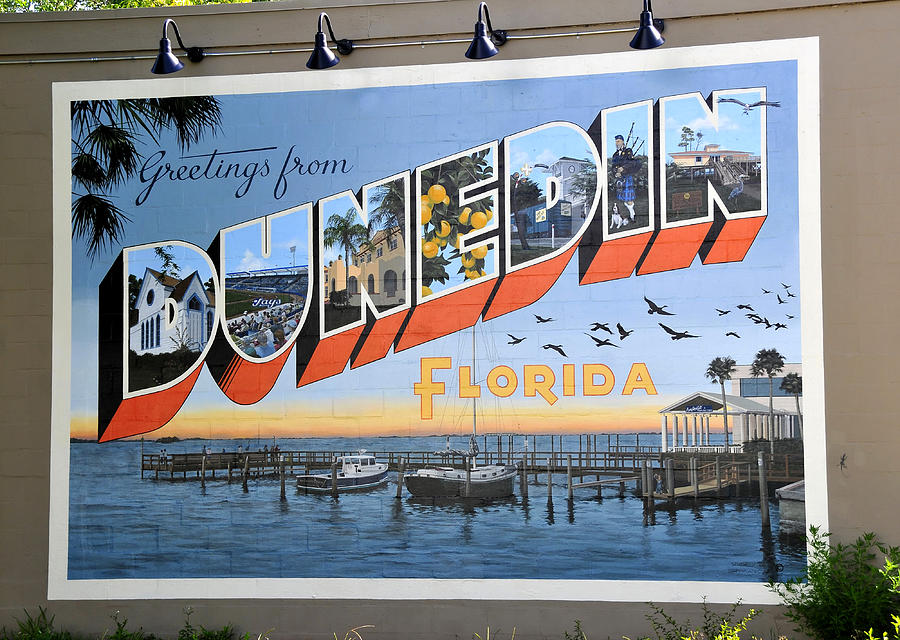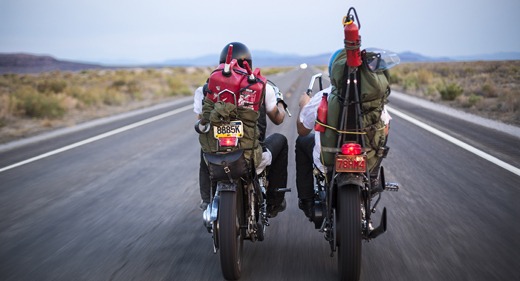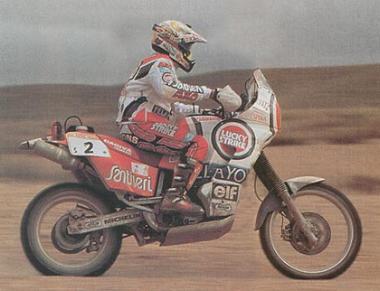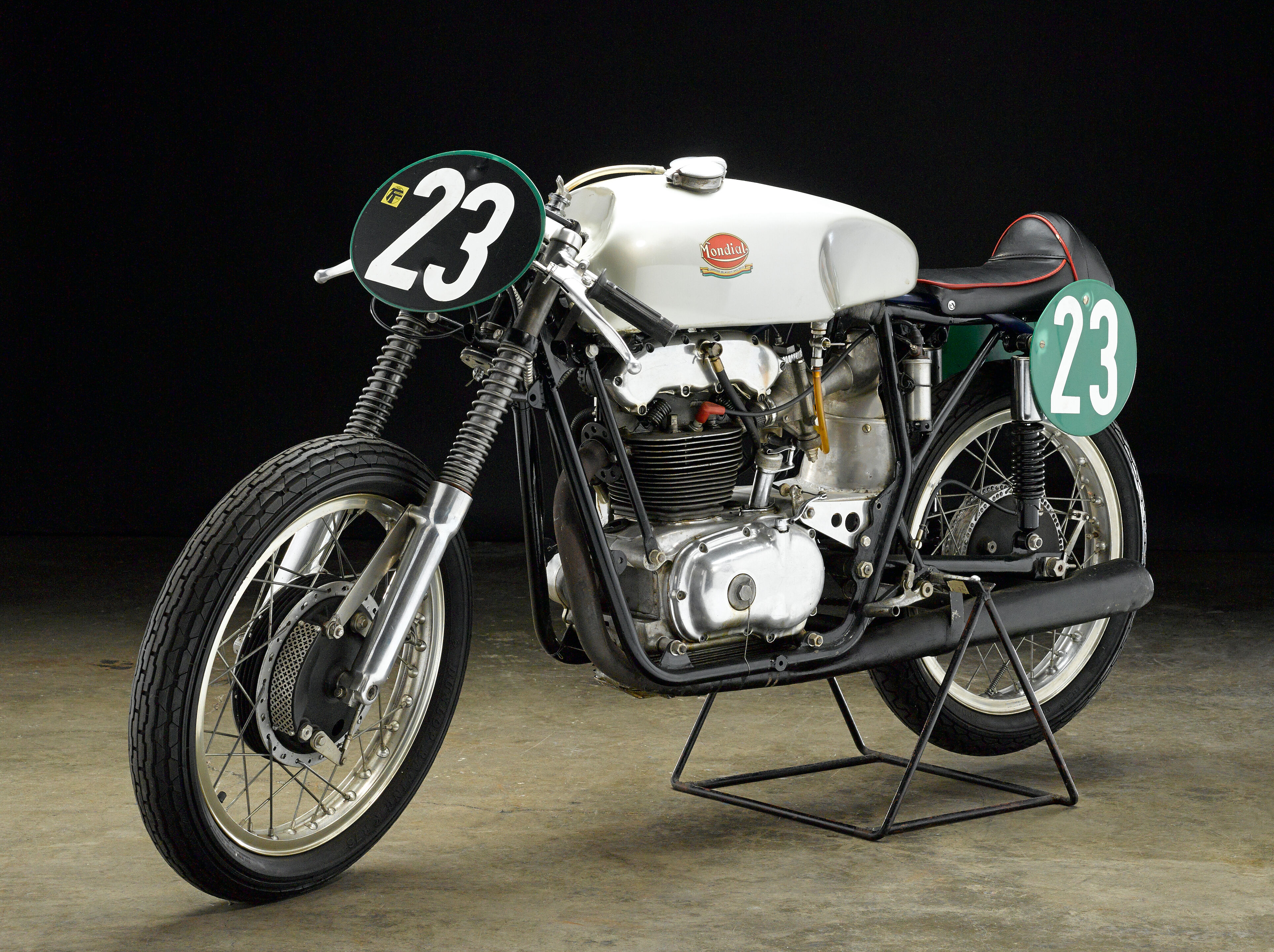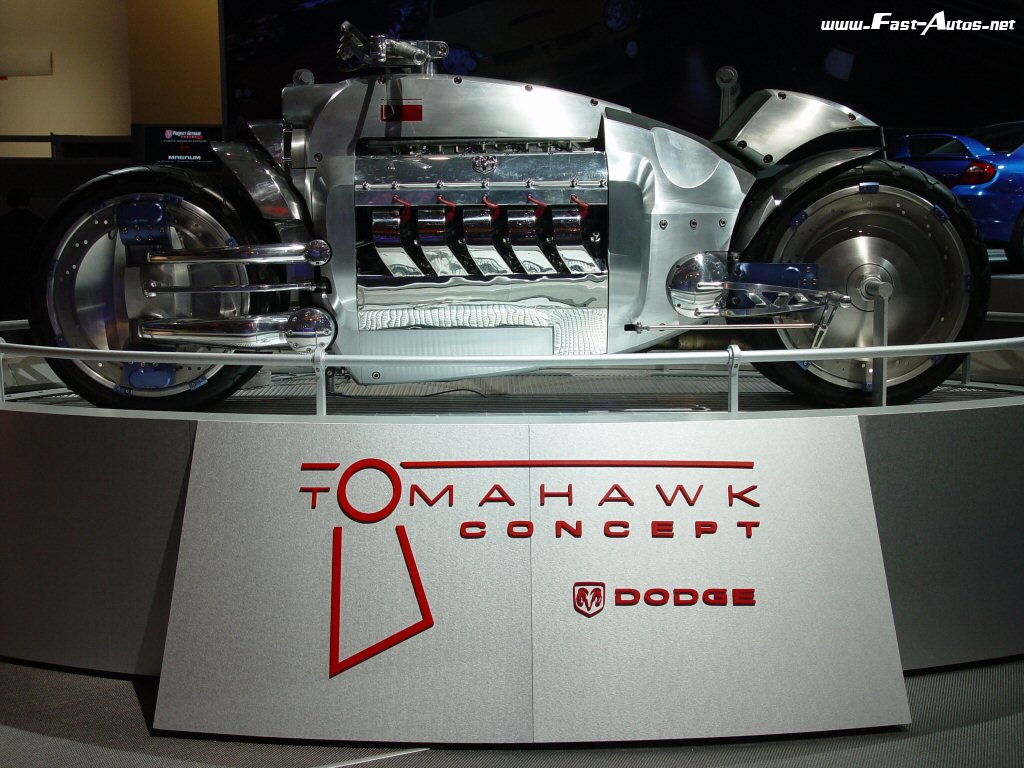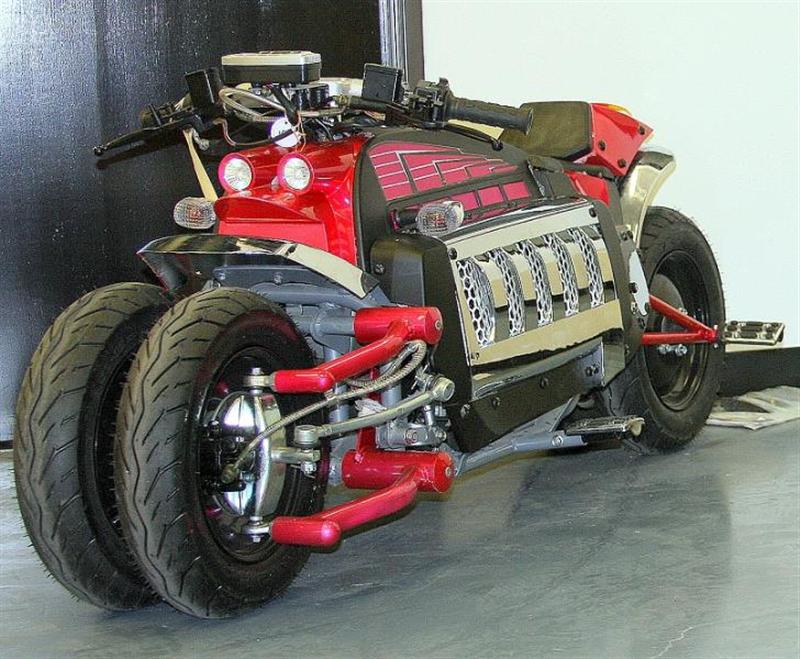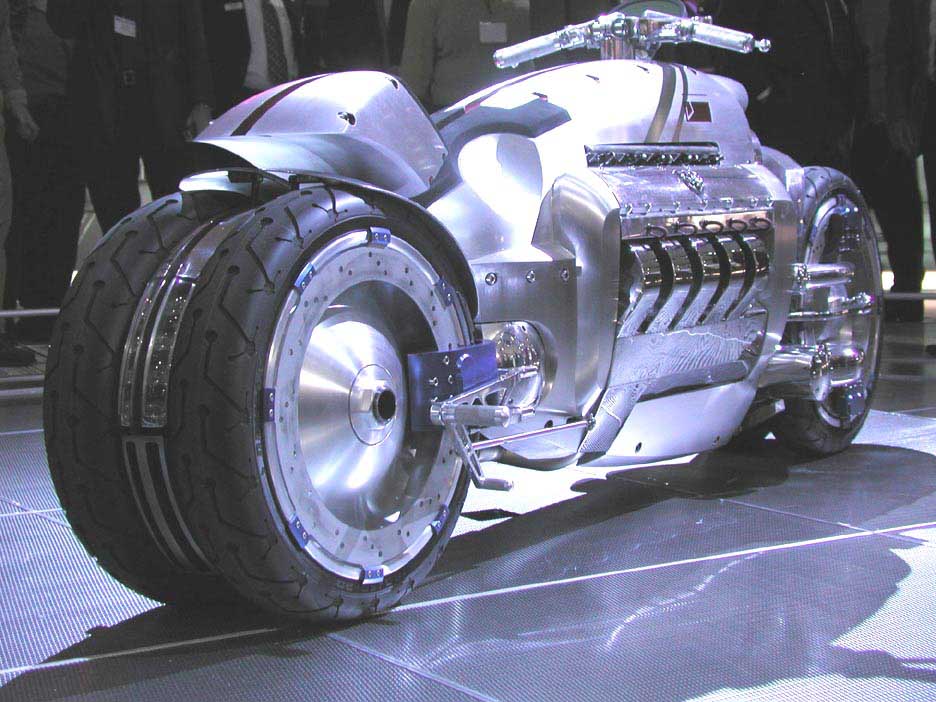


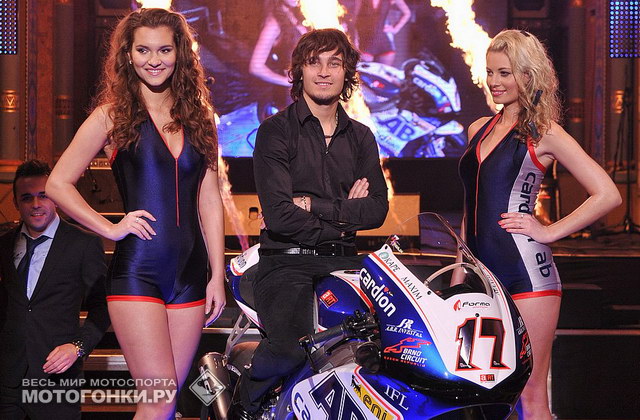

The 2013 Cardion AB Aprilia ART is unveiled in Prague.
The “Cardion AB style” gala program was all about two stars: Karel Abraham and his new ART bike for the 2013 MotoGP season.
The bike was unveiled in the deconsecrated chapel of Sacre Coeur in the historical downtown Prague, Czech Republic. Karel had tested the ART in the Valencia test after the last race of the 2012 season, but this is the first time it was unveiled in its correct livery for the year. As before, the Cardion AB team will stick with its one rider line-up with Abraham, who will be hoping for fewer crashes aboard a bike that has proven to be the CRT to beat.
Karel Abraham, “I know that motorbikes do not run on design, but I have to say I am very excited about design this year...I feel it’s close to perfection. I am hoping for a similar level of perfection on the track. My goal is to always be one of the best CRT riders...I had a very good feeling about ART at Valencia during first testing, especially its cornering performance. We should have a better engine now and I cannot wait to ride the bike at Sepang.”
The 2013 team was headed by Karel Abraham Sr., who also owns the Masaryk Circuit – which hosts the Czech Republic Grand Prix – and his son Karel Abraham the only rider for the team, the first Czech Republic team with a Czech rider in MotoGP.
Today in motorcycle history is a proud supporter of the National Association for Bikers with a Disability (NABD). www.nabd.org.uk





